
Walking pneumonia is a strange term that seems to puzzle many people. This is not an exotic disease as it may sound to some, and it is in fact a condition that many have suffered from without even knowing what it was.
Walking pneumonia
Walking pneumonia is simply a form of pneumonia that is not severe enough to require bed rest or hospitalization. It is also called atypical pneumonia or mycoplasma pneumonia. It is a bacterial lung inflammation that is easily passed from one person to another, which is why it is very common among children of school age. It is particularly frequent among the people below forty years of age, and it attacks those whose immune system is compromised for some reason.
Unlike the regular pneumonia, the walking pneumonia has symptoms that still allow the person to perform everyday activities, like going to work or the school.
Symptoms of walking pneumonia
The main characteristic of walking pneumonia is that the symptoms either do not exist or they are very mild, which is why patients are not aware of having it, especially in the early stage. However, as the disease progresses, the symptoms start to appear or to worsen.
The symptoms may include muscle ache and fatigue, fever, pain in the chest, in the abdomen, in eyes and ears, chills, rash, cough that is persistent and potentially leads to sore throat, runny nose, difficulty breathing, lethargy and sleepiness.
Because of these symptoms, walking pneumonia is often misdiagnosed as the flu. It is important to see a doctor if one or more of the symptoms appear, because walking pneumonia should be treated on time.
Treatment for walking pneumonia
If walking pneumonia is not treated, it can last for one month, even longer. The best treatment for this illness consists of antibiotics, which, if used properly and according to the instructions, can cure it in five to seven days. Antibiotics that are usually prescribed for walking pneumonia are erythromycin, clarithromycin and tetracyclines.
Even though there are no significant symptoms, the patient must rest as much as possible, eat well and take plenty of fluids along with the antibiotics. After the course of antibiotics is completed, there is a possibility that dry cough will persist for a few more days, and over-the-counter medications can be used to relieve it. However, it is important not to overuse those medications and not to take them without consulting a doctor.
The most common mistake regarding walking pneumonia is taking it for granted. This disease should be treated even though the symptoms are not severe, otherwise it may lead to complications.




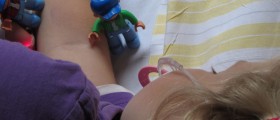
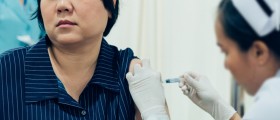


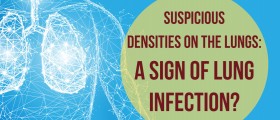
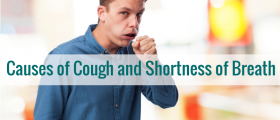
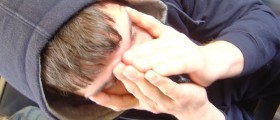
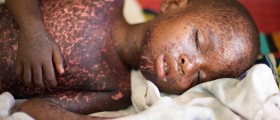
-And-Breathing-Problems_f_280x120.jpg)


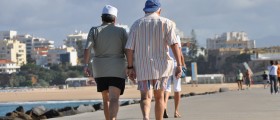

Your thoughts on this
Loading...